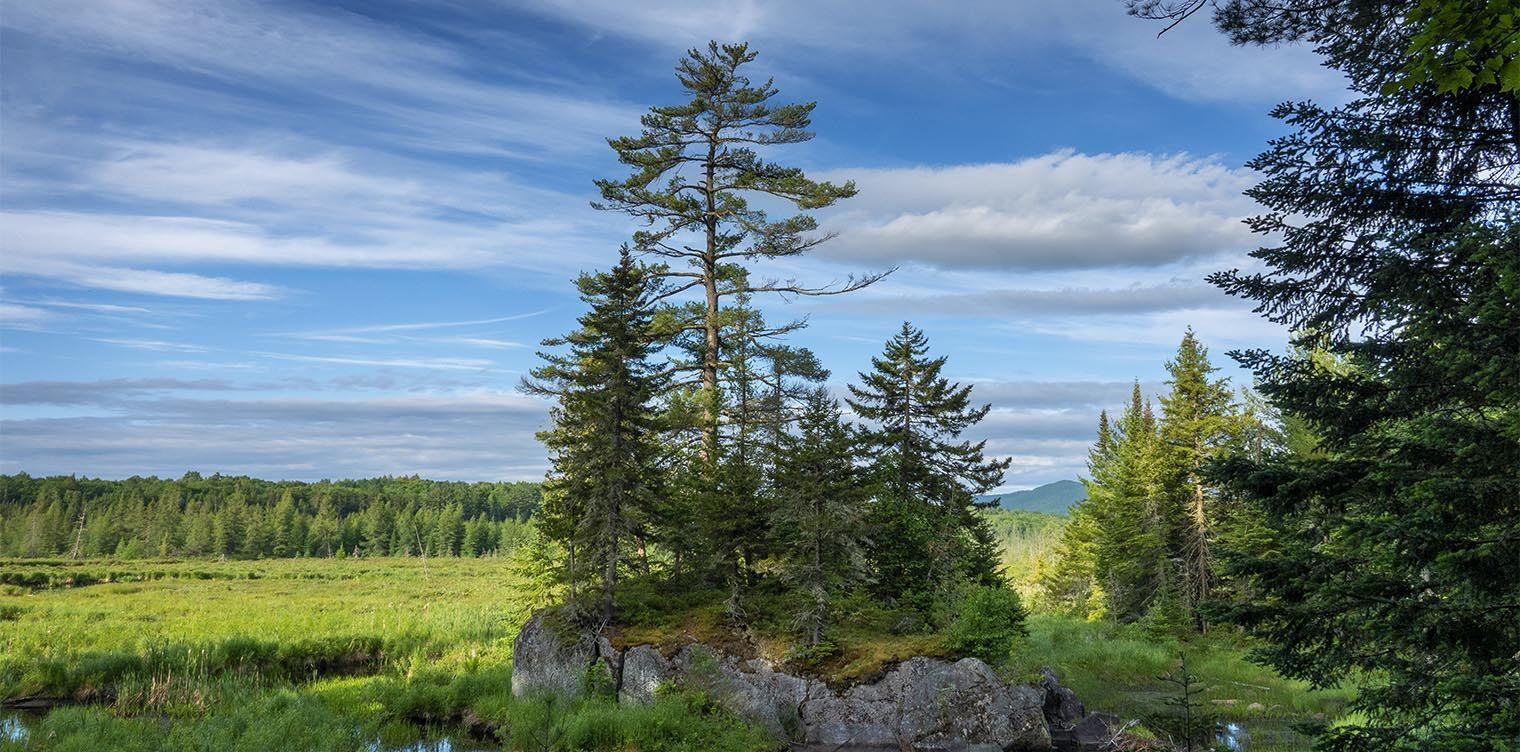Eastern White Pine
Other Common Names: Northern White Pine, Weymouth Pine
Scientific Name: Pinus Strobus
Conservation Status: Least Concern
Photos Of The Eastern White Pine




How To Identify Eastern White Pines
- The needles of the pine are in bundles of five that are around 3-5 inches long.
- The Eastern White Pine’s cone scales are light tan to whitish in colour on the outside border of the scales, and are 3-6 inches long, gradually tapering, with no prickles.
- The terminal buds of the Eastern White Pine contain light brown scales in ovoid form, measuring about 3/8 of an inch long, forming to a narrow tip.
- The pine has smooth, light grey bark that turns dark grey to black with flat plates.
- The Eastern White Pine has fine textured needles and an asymmetrical appearance
- The pine has upward-curving upper branches have a distinct upward form

The Ecological Importance Of The Eastern White Pine
- Pileated woodpeckers, bald eagles, flying squirrels, white-winged crossbills, and lynx are all animals that rely on the Eastern White Pine for a variety of reasons, such as protection against predators, shelter, and food.
- The white-winged crossbill has a bill that is designed specifically for being able to open conifer cones so that they are able to eat the seeds.
- Cavity nesting species such as woodpeckers and hibernating black bears use dead or dying Eastern White Pine trees as a source of food.
- Soft needles and seeds are eaten by squirrels, chipmunks, and mice. The outer bark of the tree is eaten by a variety of animals.
In North America, the Eastern White Pine can be found in these places:
The Indigenous Perspective Of The Eastern White Pine
For the Kitcisakik Algonquin community, white pine is a culturally important species. It was used as a resource for medicine, offered homes for endangered wildlife, and was an important aspect of cultural landscapes.
The loss of Eastern White Pine on ancestral territory of the Kitcisakik is due to widespread logging.
The restoration of the Eastern White Pine on Indigenous Ancestral Territory should be employed in a way that honours the traditions and cultures of Indigenous communities where the Eastern White Pine is located.

At HSC, there is a fabulous large specimen on the N side of the IDT Shed along the entrance driveway and a small one at the N entrance to the oak savannah. There were twins planted just E of the circle at Willow Landing too!
